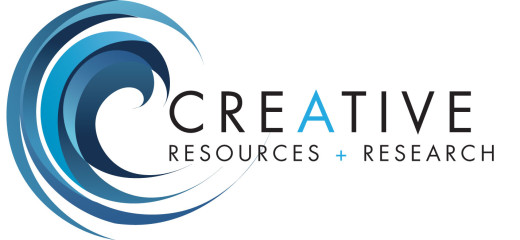The Power of Data in Grant Proposals: Turning Numbers into Narratives
In the realm of grant writing, data is more than just numbers and statistics; it’s the backbone of your story. Effective grant proposals are those that skillfully weave data into a compelling narrative, showcasing not only the need for the project but also the potential impact of the grant. This post explores the importance of data in grant proposals and how it can be used to strengthen your application.
Data as a Storyteller
At its core, a grant proposal is a story. It’s about a need, a solution, and the difference your project will make. Data serves as the factual evidence that underpins this story. By providing concrete figures, such as the number of people impacted by a problem or the success rates of similar programs, data transforms abstract ideas into tangible realities. It helps funders grasp the scope and urgency of the issue at hand.
Establishing Credibility
Data lends credibility to your proposal. It demonstrates that you’ve done your homework and are not merely making assumptions. When you present well-researched data, you’re showing potential funders that your project is grounded in reality. This could be data from your own organization’s research or from reputable external sources. The key is to use reliable and up-to-date information that backs your claims.
Demonstrating Impact
One of the most persuasive elements in a grant proposal is the demonstration of potential impact. Data can vividly illustrate what success looks like. For instance, numbers can show the expected increase in beneficiaries served, improvement in service efficiency, or the long-term benefits of the project. This projection of impact isn’t just guesswork; it’s a data-driven forecast of the difference the grant could make.
Tailoring Your Approach
Different funders have different priorities. Data helps you tailor your proposal to align with these priorities. By understanding and utilizing data relevant to each funder’s mission, you can make a stronger case for why your project deserves funding. This customization shows that you are not just looking for any funding but the right funding that matches your goals and the funder’s objectives.
Addressing Challenges and Solutions
Data not only highlights challenges but also offers solutions. By analyzing data, you can identify gaps in services or areas of need, and then propose solutions backed by evidence. This approach showcases your project’s strategy as well-thought-out and feasible.
Enhancing Evaluation and Accountability
Finally, data is crucial in setting up evaluation metrics for your project. It establishes a baseline against which progress can be measured. This not only helps in project implementation but also demonstrates accountability to funders. By showing how you will measure success, you reassure funders that their investment is being monitored and evaluated.
Conclusion
The inclusion of data in grant proposals is not just a best practice; it’s a necessity. Data transforms your narrative from a collection of ideas into a compelling, credible, and convincing proposal. As you embark on your grant writing journey, remember that data is your ally, turning numbers into impactful narratives that have the power to persuade and inspire action.
Always ensure that the data used in your proposals is relevant, recent, and resonates with the message you want to convey.
How do you use data in your grant proposals?
Contact us for information on resources like this!


